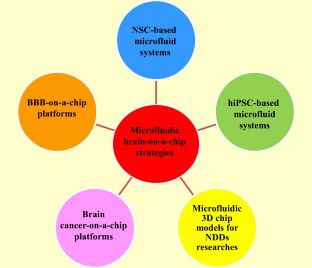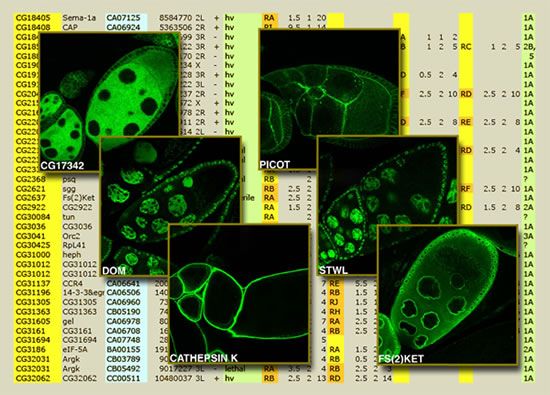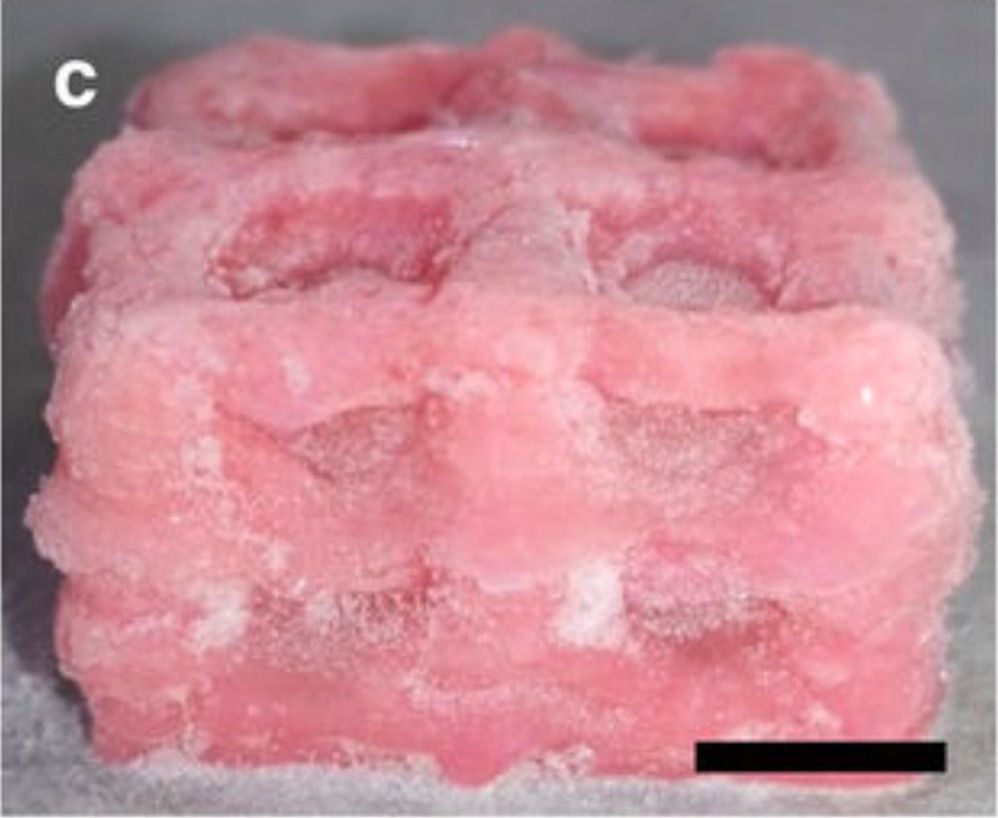Cloudy days pose a real problem for solar panels. But a new innovation can convert UV light to energy—even if the sun isn’t shining.



Neurodegenerative diseases (NDDs) include more than 600 types of nervous system disorders in humans that impact tens of millions of people worldwide. Estimates by the World Health Organization (WHO) suggest NDDs will increase by nearly 50% by 2030. Hence, development of advanced models for research on NDDs is needed to explore new therapeutic strategies and explore the pathogenesis of these disorders. Different approaches have been deployed in order to investigate nervous system disorders, including two-and three-dimensional (2D and 3D) cell cultures and animal models. However, these models have limitations, such as lacking cellular tension, fluid shear stress, and compression analysis; thus, studying the biochemical effects of therapeutic molecules on the biophysiological interactions of cells, tissues, and organs is problematic. The microfluidic “organ-on-a-chip” is an inexpensive and rapid analytical technology to create an effective tool for manipulation, monitoring, and assessment of cells, and investigating drug discovery, which enables the culture of various cells in a small amount of fluid (10−9 to 10−18 L). Thus, these chips have the ability to overcome the mentioned restrictions of 2D and 3D cell cultures, as well as animal models. Stem cells (SCs), particularly neural stem cells (NSCs), induced pluripotent stem cells (iPSCs), and embryonic stem cells (ESCs) have the capability to give rise to various neural system cells. Hence, microfluidic organ-on-a-chip and SCs can be used as potential research tools to study the treatment of central nervous system (CNS) and peripheral nervous system (PNS) disorders. Accordingly, in the present review, we discuss the latest progress in microfluidic brain-on-a-chip as a powerful and advanced technology that can be used in basic studies to investigate normal and abnormal functions of the nervous system.




Praying mantises are well known for being skilled, formidable, and successful hunters. Now a new species discovered in Peru has added another intriguing weapon to their arsenal – impaling their prey on specially adapted barbs on their legs. According to researchers, this is a novel hunting strategy not seen before in mantids, or in fact any insect, and they hadn’t even been looking for it.
Dr Julio Rivera, an entomologist at Universidad San Ignacio de Loyola in Lima, first came across a male specimen of the mantis in 2000 when a colleague captured it in the Tingo María tropical rainforest region of Peru, and brought it to the lab. In the following years, more specimens turned up and were added to the collection at the University, and not long after Rivera returned to Peru in 2017, a local student donated three living juveniles – enough for Rivera to attempt a proper taxonomic description.
Physical features suggested the mantis was likely a new species, so the goal of rearing juveniles was to get them to maturity to study their genitals. “[E]ach species has a distinct genital shape, which helps to define the species,” Dr Rivera told IFLScience.

Although Drosophila is an insect whose genome has only about 14,000 genes, roughly half the human count, a remarkable number of these have very close counterparts in humans; some even occur in the same order in the fly’s DNA as in our own. This, plus the organism’s more than 100-year history in the lab, makes it one of the most important models for studying basic biology and disease.
To take full advantage of the opportunities offered by Drosophila, researchers need improved tools to manipulate the fly’s genes with precision, allowing them to introduce mutations to break genes, control their activity, label their protein products, or introduce other inherited genetic changes.
“We now have the genome sequences of lots of different animals — worms, flies, fish, mice, chimps, humans,” says Roger Hoskins of Berkeley Lab’s Life Sciences Division. “Now we want improved technologies for introducing precise changes into the genomes of lab animals; we want efficient genome engineering. Methods for doing this are very advanced in bacteria and yeast. Good methods for worms, flies, and mice have also been around for a long time, and improvements have come along fairly regularly. But with whole genome sequences in hand, the goals are becoming more ambitious.”


Circa 2018
Livescience.com | By LIVESCIENCE
A new 3D-printing technique can create tissues as soft as a human’s squishy brain or spongy lungs — something that has not been possible before.
“Additive manufacturing,” or 3D printing, promises to allow doctors to produce tailored organs for patients using the patients’ own cells, which could help bring down the severe shortage of organs available for people who need transplants.
